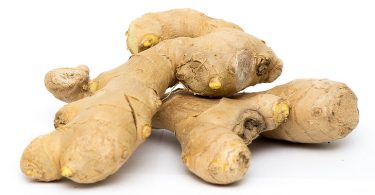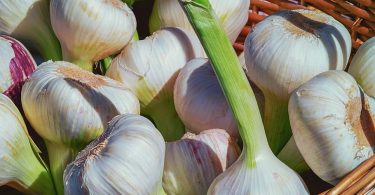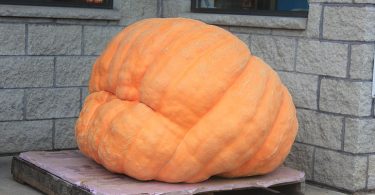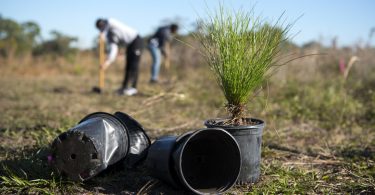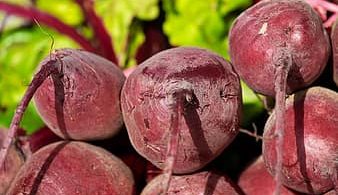1. Soil Preparation : Choose a wind sheltered spot in full sun which provides good drainage and enough humus to insure that the ground will not dry out too quickly in hot weather. Ideally, the top soil should be slightly acidic, deep and very fertile. Dig up your plot in the winter being sure not to bring clay to the surface and incorporate a good grade of compost into the soil. Two weeks prior to sowing the seed, rake in a good source of fertilizer.
2. Sowing & Planting : For the best results, corn must be planted in a rectangle of at least 4 rows opposed to a singular row. This will not only insure proper pollination, but provide some wind protection to the crop. Sow the seeds directly into the ground opposed to starting them in trays or pots as corn can be difficult to transplant. Sow two seeds together approximately one inch deep every 18 inches in the row and remove the weaker of each two seedlings, leaving 18 inches between the remaining plants.
3. Looking After the Plants : Protect your seedlings with netting if birds are a nuisance and keep down the weeds but do not hoe close to the plants. If roots appear at the base of the plant’s stem, mound dirt or compost over them. These protruding roots, which are referred to as “tillers”, should not be removed. If the plants are tall and little protection is available, it may be wise to stake each plant for extra support. Be sure to provide plenty of water for the plants in hot water, which is especially necessary when they flower. Make it a habit to tap the tassles at the top of each stem regularly as this will aid in germination. Feed the plants with a good liquid fertilizer source when the cobs begin to swell.
4. Harvesting : Each plant will produce several harvestable cobs. Test the cobs for ripeness when the silks (tassles) have turned a dark brown color by pulling back part of the sheath (husk) and squeeze a couple of the grains between the thumbnail and fingernail. If a watery liquid squirts out from the kernel, the ear is unripe. If the discharge is creamy, the ear is prime for harvesting, where as if the liquid is thick and somewhat solid, you have waited too long to harvest. Carefully twist the ripe ear from the plant’s stem, being careful not to injure the plant. Harvest just before you intend to cook the corn as this crop is at its best if cooked within 10 minutes of harvest.
5. Storage : If storage is necessary, corn can stay fresh in your refrigerator for up to 3 days, but can also be frozen for the freezer in zip-lock freezer bags.
CREDIT AND COPY BY : http://www.seedfest.co.uk/tips/how-to-grow-corn.html
https://gardener-pro-ok.blogspot.com/2008/09/how-to-grow-corn.html

